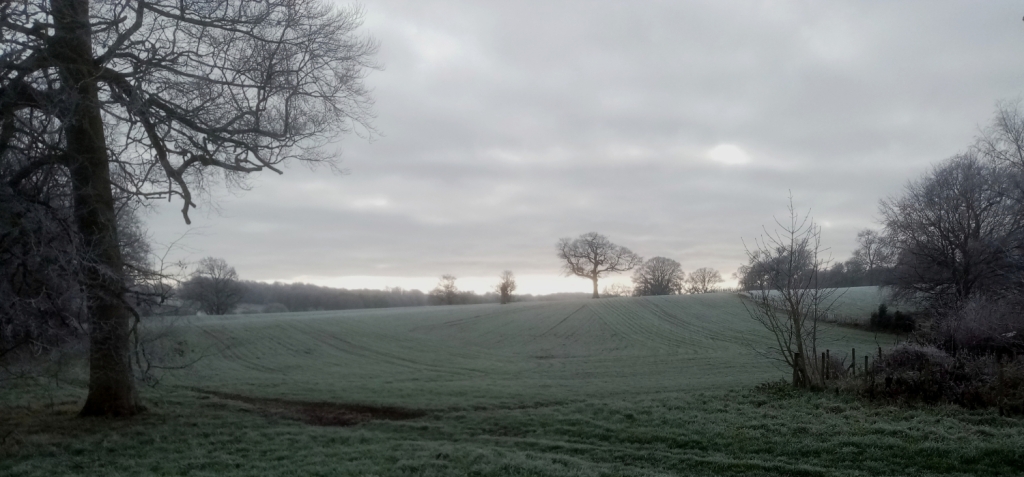A book I return to is Come into the Garden, Cook, by Constance Spry who had connections with the village of Barefrestone, where L’Arche Kent began. I missed New Year’s Day, when I’d meant to post this, so here it is now, rather than waiting 360 days. Spry was writing in wartime to encourage creativity in cooking. She was also an artist in floristry, which shows through in this post. Enjoy your garden, and happy new year!
On this first day of January (1942) I will tell you what, in even an indifferent vegetable plot, gives pleasure. There is a splash of bright green like a rug thrown onto the brown earth lying next to rows of grey flags, just common or garden parsley and leeks. There’s a breadth of what might be grey-green tropical fern, but is, in fact, chou de Russie. (Russian kale) There’s grandeur and colour in rows of red cabbage and the purple decorative kale.
From Constance Spry, Come into the Garden, Cook, London, Dent, 1942, p11.
Photograph by Marc Ryckaert























